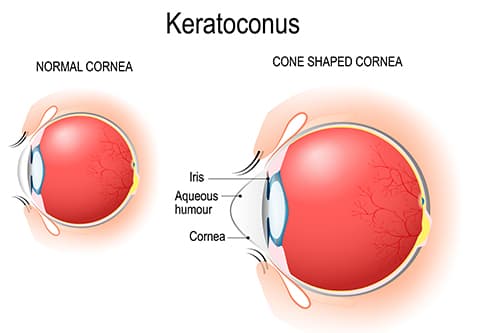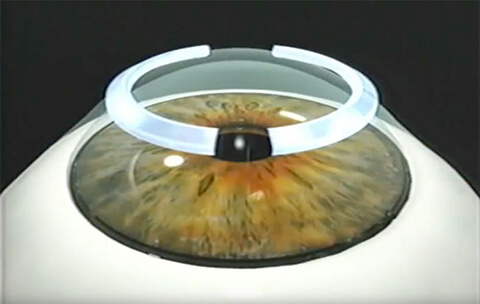
Keratoconus
Keratoconus is a progressive disease, often appearing in one’s teens or early twenties, in which the cornea thins and changes shape.
The cornea is normally around or spherical shape, but with keratoconus, the cornea bulges distort and assumes more of a cone shape. This affects the way light enters the eye and hits the light-sensitive retina, causing distorted vision. Keratoconus can occur in one or both eyes.
Keratoconus Symptoms and Signs
Keratoconus can be difficult to detect because it comes on slowly. Nearsightedness and astigmatism also accompany this disease, leading to distorted and blurred vision. Patients may also notice glare and light sensitivity.
Keratoconic patients often have significant prescription changes each time they visit their eyecare practitioner. It’s not unusual for the diagnosis of keratoconus to be somewhat delayed, as many practitioners are not familiar with the early-stage signs and symptoms of the disease.
What Causes Keratoconus?
While the exact causes of keratoconus are unclear, in most cases there appears to be an overlap of genetic and environmental factors. In some cases, there can be several people affected by keratoconus within an extended family. At other times, a patient presents with keratoconus as an isolated case in their family.
The most common two associated environmental factors contributing to the development of keratoconus are a history of vigorous eye rubbing (an analogy would be causing thinning of the skin with chronic skin rubbing) and a tendency towards allergic disorders (ie: atopy).
Keratoconus Treatment

In the mildest form of keratoconus, eyeglasses or soft contact lenses may help. But, as the disease progresses and the cornea thins and changes shape, glasses or soft contacts will no longer correct one’s vision.
Rigid gas permeable or scleral contact lenses are the next correction method of choice. The firmer materials of these types of contact lenses provide a smooth, regular refractive surface through which light rays can pass, as opposed to soft contact lenses which follow the irregular shape of the keratoconic eye.
Fitting contact lenses on a keratoconic cornea is delicate and time-consuming. Patients can expect frequent return visits to fine-tune the fit and the prescription. The process will necessarily be repeated if the cornea progressively thins and distorts, altering the contact lens fit and prescription needed for clear, comfortable vision.
In years gone by, there were no treatments for keratoconus, other than corneal transplantation when the patients’ vision became intolerable. While corneal transplants are still performed for these more severe cases, there are now procedures available that can slow (or halt) the progression of keratoconus and even change the shape of these irregular corneas.
Once the diagnosis of keratoconus is made, patients are frequently offered the opportunity to undergo Corneal Collagen Crosslinking (CXL), an ultraviolet light treatment that promotes the strengthening of these weakened corneas. Some patients can notice an improvement in their vision following CXL, but the stated purpose of the treatment is to stabilize the patient’s cornea.
If the diagnosis of keratoconus can be made early enough – while the patient can still tolerate wearing glasses or soft contact lenses – there is a possibility that CXL can allow the patient to continue with these relatively low maintenance visual aids.
Other procedures can be considered to help improve the shape of keratoconus corneas, aiming to enable patients to regain function with spectacles and/or soft contact lenses. Intracorneal ring segments (Intacs) are small plastic inserts that can be placed into the peripheral portion of the cornea – serving as a type of buttress – to change the corneal shape.
Intacs initially received FDA approval in 2004 for the treatment of low levels of nearsightedness. Not too long afterward, research began into the potential benefit of utilizing these plastic segments as a means of improving the shape of irregularly shaped keratoconus corneas.
The Intacs procedure takes about 10 minutes, is performed in the office, and is typically accompanied by a rapid recovery. New contact lenses or glasses can usually be prescribed one month following the procedure. Potential risks are infection, little or no improvement in vision, glare, and halos, and foreign body sensation. It is important to discuss the procedure in detail with the surgeon to make sure you are a good candidate.
Placement of the Intacs segments can be combined with CXL (sometimes performed at the same time, sometimes on different days).
While keratoconus is a contraindication to undergoing laser vision correction, there are some special circumstances in which PRK can be considered. The laser used during PRK can alter the shape of the cornea in able to potentially eliminate the need for hard contact lenses in keratoconus patients.
At times, it may even be possible to decrease the keratoconus patient’s dependency on any glasses or contact lenses. Topography guided PRK combines the information obtained from a corneal imaging device (corneal topography) with the excimer laser.
This combination can be employed to, essentially, flatten the steep areas and steepen the flat areas of the cornea, allowing it to take on a more normal shape. Patients with significant corneal thinning will not qualify for PRK, because of the tissue removal that ensues.
A third procedure to help improve the vision of keratoconus patients is the Implantable Contact Lens (ICL). The ICL is only useful if the patient is able to obtain acceptable vision in their glasses. The ICL does not change the corneal shape like Intacs or PRK, but it is very reliable for correcting high levels of nearsightedness and astigmatism such as those seen in many keratoconus patients.
Unfortunately, not all patients with keratoconus are able to have their disease halted. Treated or not, some keratoconus patients are simply unable to tolerate any visual aid method. In these cases, the final resort is to replace the patient’s irregular, scarred, and/or overly thin cornea with a normal, donor cornea, a procedure called corneal transplantation (penetrating keratoplasty).
It takes a few months before the vision stabilizes following penetrating keratoplasty. Most patients will still likely need glasses or contact lenses for clear vision — they can be prescribed once the vision has stabilized.
We encourage all people to schedule regular, annual eye exams to help recognize abnormalities at an early juncture. As with most diseases, early diagnosis typically portends the best prognosis.



